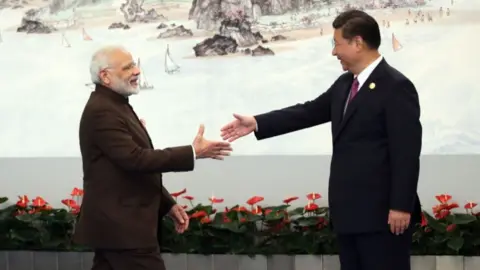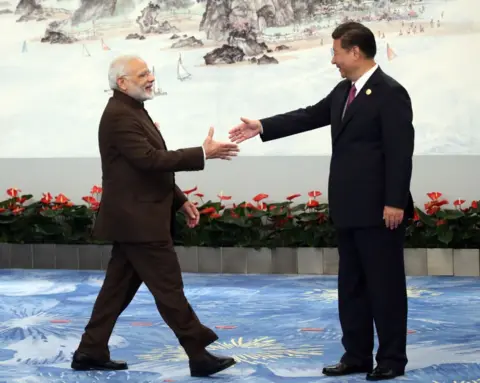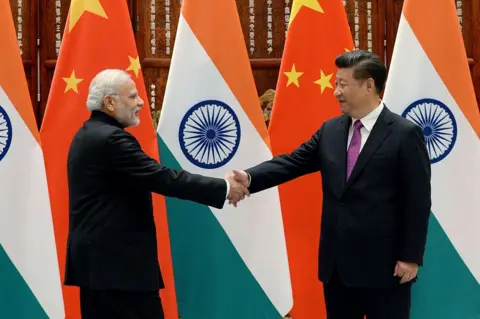A recent incident featuring the renowned Italian luxury brand Prada has rekindled discussions on the engagement of global fashion labels with India's rich cultural heritage, which has often been overlooked or underappreciated. In June, Prada made headlines when models donned what appeared to be Kolhapuri chappals—a traditional Indian sandal known for its intricate craftsmanship—during a Milan fashion show. The sandals bear their name from Kolhapur, a town in Maharashtra with a long-standing history of producing these footwear pieces. However, Prada's failure to credit this heritage sparked significant backlash.
In response to the growing criticism, Prada issued a statement recognizing the origins of the sandals and expressed a willingness to engage in a “dialogue for meaningful exchange with local Indian artisans.” Since then, the brand has reportedly met with artisans and shopkeepers directly involved in the creation of Kolhapuri sandals, sharing that they had a “successful meeting” with the Maharashtra Chamber of Commerce, Industry & Agriculture. This interaction raises hopes for a potential collaboration with local manufacturers of Kolhapuri footwear, highlighting a rare acknowledgment from a global label of its oversight regarding the crediting of local crafts.
The inherent issue of cultural appropriation isn't confined to Prada alone. Many high-profile brands have faced similar scrutiny for drawing inspiration from South Asian traditions without giving due credit. For instance, just earlier this year, controversies erupted when spring collections from H&M and Reformation were criticized for designs reminiscent of traditional Indian garments, while Dior faced backlash for incorporating mukaish embroidery techniques without any reference to their Indian roots.
Experts suggest that while some brands might not intend to disrespect the cultural significance of the designs they borrow, they often overlook the importance of understanding the history and context behind them. Shefalee Vasudev, a fashion writer based in Delhi, emphasized that acknowledging the origins of designs is critical to understanding "design responsibility." It is essential for brands to educate themselves on the cultural significance of the elements they wish to incorporate into their collections.
Despite the evident opportunities in India's luxury market, which is projected to grow significantly, there remains an indifference among many brands towards fully engaging with this diverse market. As Arvind Singhal from Technopak pointed out, many luxury names remain largely unfamiliar to the average Indian consumer, especially outside affluent circles. Anand Bhushan, a Delhi-based fashion designer, echoed these sentiments, emphasizing that while India has long been a hub for production, it is often marginalized as a consumer market.
However, the current narrative signals a potential shift. Nonita Kalra from Tata CliQ Luxury highlighted that a new generation of discerning Indian consumers is emerging, one that is reshaping the luxury landscape. The challenges of cultural appropriation present a crucial lesson for brands: to shift their perspectives from a foreign lens to a more inclusive understanding that reflects the diversity of their consumer base.
While the discussion surrounding Prada's misstep illustrates the complexities of cultural appropriation, it also signifies an essential step toward demanding accountability from brands regarding their creative choices. This moment provides an opportunity for India to elevate and support its unique cultural heritage, ensuring artisans receive the respect and recognition they rightfully deserve for their crafts.
In the end, real progress hinges on a reciprocal relationship where both local and global communities respect, appreciate, and uphold the value of traditional craftsmanship and its creators. Only through collaborative effort can the fashion industry move towards a more inclusive and respectful future.






















